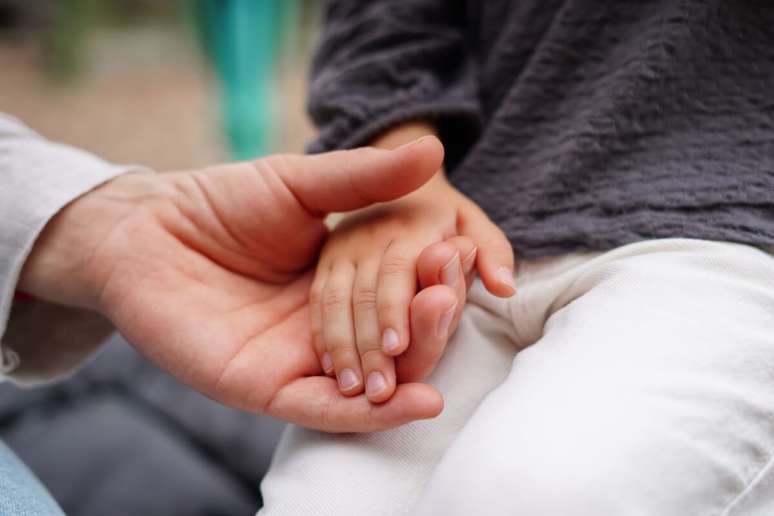Highly contagious, the infection is caused by viruses and is characterized by the emergence of small bubbles or wounds
The disease of the Boca hand, common in childhood, especially among children up to five, is frequent during the school period. Highly contagious, the infection is caused by the Coxsackie family viruses and is characterized by the emergence of small blisters or wounds in the mouth, hands and feet, which can directly influence the child’s diet and oral health.
According to Natália Cristina Ruy Carneiro, professor of the dentistry course at Anhanguera College, the infection often has a benign and car -limitation evolution, but requires special attention from parents or guardians, in particular with oral hygiene and hydration of children.
“Boca injuries can be painful and make it difficult to eat food or brushWhich makes professional guidelines fundamental to avoid complications, such as dehydration, secondary infections and aggravation of the condition, “he explains.
Symptoms of Boca-Hand disease
The symptoms of hand diseases are:
- High fever in the first days;
- Sore throat;
- In appearance;
- Wounds in the oral mucosa, palate, language and gums;
- Reddish eruptions in the hands, feet and sometimes on the buttocks.
Forms of transmission of the Boca hand disease
The disease is transmitted by direct contact with saliva, Nose secretions, feces or contaminated objects. Therefore, the temporary isolation of the child and the constant hygiene of toys, bottles and surfaces are fundamental to avoid the diffusion.

Care of children
During the illness, Natália Cristina Ruy Carneiriro stresses that, despite the sensitivity, oral hygiene should not be interrupted. In addition, it is important to adopt some care:
- Use ultra soft and toothpastes highly fluid toothpaste;
- Do not use the cheeks with alcoholic rinse;
- Offer cold and pasty foods as well as puree, yogurt and natural ice cream that relieve discomfort;
- Do not offer acid foods;
- Encourage the intake of cold fluids to maintain hydration.
- Keep breastfeeding. THE breast milkIn addition to contributing to the hydration of the child, it offers benefits for its immunity.
“Careful oral hygiene helps prevent secondary infections in the lesions to the mouth. Furthermore, the most neutral and cold foods can bring comfort, while during this period very hot foods, acid or crunchy foods should be avoided, strengthens.
When looking for the service doctor
In case of persistent fever, refusal of food or signs of dehydration, it is essential to look for medical care. There is no specific treatment for the disease, but the pediatric and dental sequel can minimize symptoms and accelerate recovery.
Of Priscila Dezidério
Source: Terra
Ben Stock is a lifestyle journalist and author at Gossipify. He writes about topics such as health, wellness, travel, food and home decor. He provides practical advice and inspiration to improve well-being, keeps readers up to date with latest lifestyle news and trends, known for his engaging writing style, in-depth analysis and unique perspectives.








